Capital:
Fort-de-France
Currency
Euro
Best time to visit:
from february to april
In a word:
Bonjour! (gooday)
Vaccines
None
Essential experiences:
Walk on foot to reach Tombolo, an islet with exceptional biodiversity; Walk the randonnées in the heart of the tropical forest; Try the ancient "à la senne" fishing on Ansa a l'Ane beach

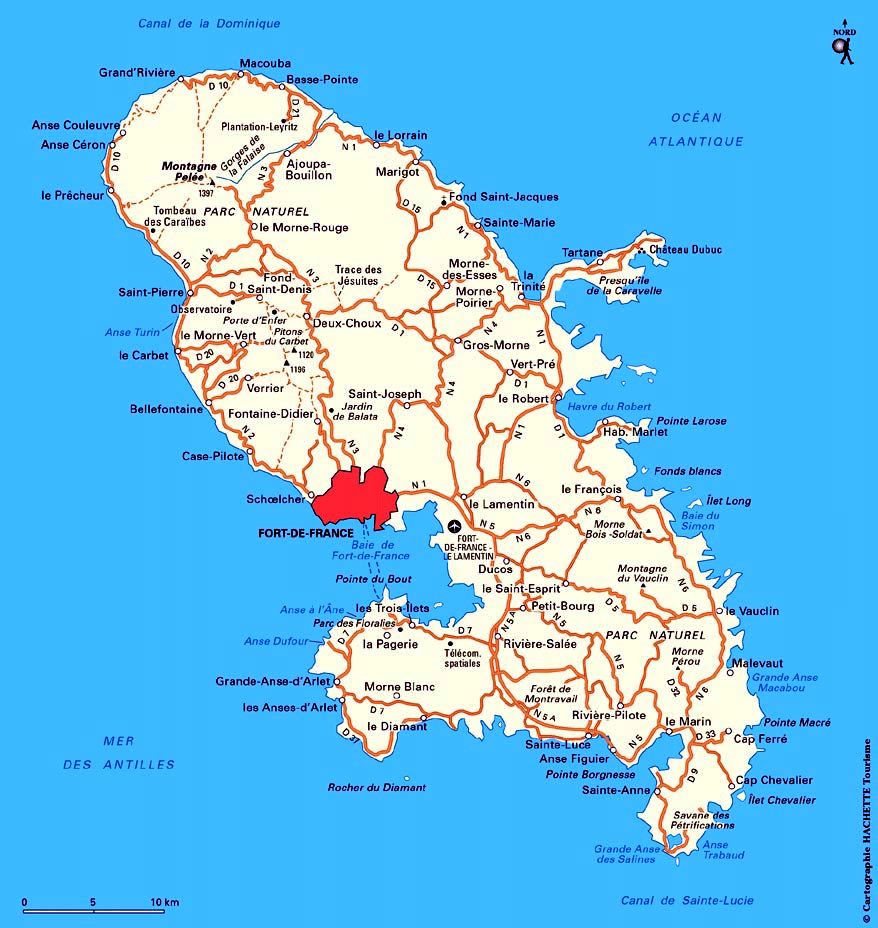
Martinique, an island in the Lesser Antilles or Iles au Vent, islands of the wind, between the Caribbean Sea and the Atlantic where the tropical sun makes it the island of eternal summer.
Black sand beaches in the north and golden sand in the south. The ascent of the Pelée mountain is an activity that leaves your mark, the seabed an invitation to dive into crystal clear waters. Colorful islands, colorful market stalls with strong aromas and rhythms of Antilles music: Creole magic comes to life here.
At dawn we enter the territorial waters of Martinique. The whole island is covered with mountainous reliefs including the top of the Pelée volcano.
Four hundred thousand inhabitants live in this mestizo society: a variety that reflects the history of the island, the successive occupations of peoples, the mix of people and cultures. Authenticity, the cultural richness that comes from Africa and India, and the knowledge of Creole living make the inhabitants of Martinique a happy, smiling and welcoming people.
This is one of the tourist jewels of the Lesser Antilles, located in the Eastern Caribbean. Martinique is an overseas department of France and is therefore part of the European Union: only the identity card is enough to leave and the currency in force is the euro.
Martinique is also renowned for its unspoiled coastline and wild, always breezy beaches and favorite destinations for surfers such as Anse Trabaud, Anse Au Bois and Anse Esprit. What are you waiting for to carve out a sweet and relaxing break and leave for an unforgettable holiday?
We land in Fort de France, the capital, because capital cannot be spoken in this French possession.
This is the main port and starting point for the adventurers of the island, Fort-de-France is located on the west coast of the island and, if looked at with the right eyes, you will notice that this city not only offers modern shopping but also many historical sites and museums where you can discover and understand the island's pre-Columbian and colonial past.
Fort de France is lapped by the warm Caribbean waters, its city center, with Fort St Louis, the colorful fruit market and the gardens of "La Savane" are a real treat for the eyes.
Its lively and narrow streets are lined with anonymous offices, department stores and crumbling buildings from the early 1900s with wrought iron balconies.
Fort-de-France is the symbol of the whole island and offers a seductive mix of impressive landscapes and history, but also a summer that never ends and inhabitants with a smile similar to the brightest colors of its flowers. An irresistible blend of French and Caribbean culture creates the perfect environment for unforgettable moments.
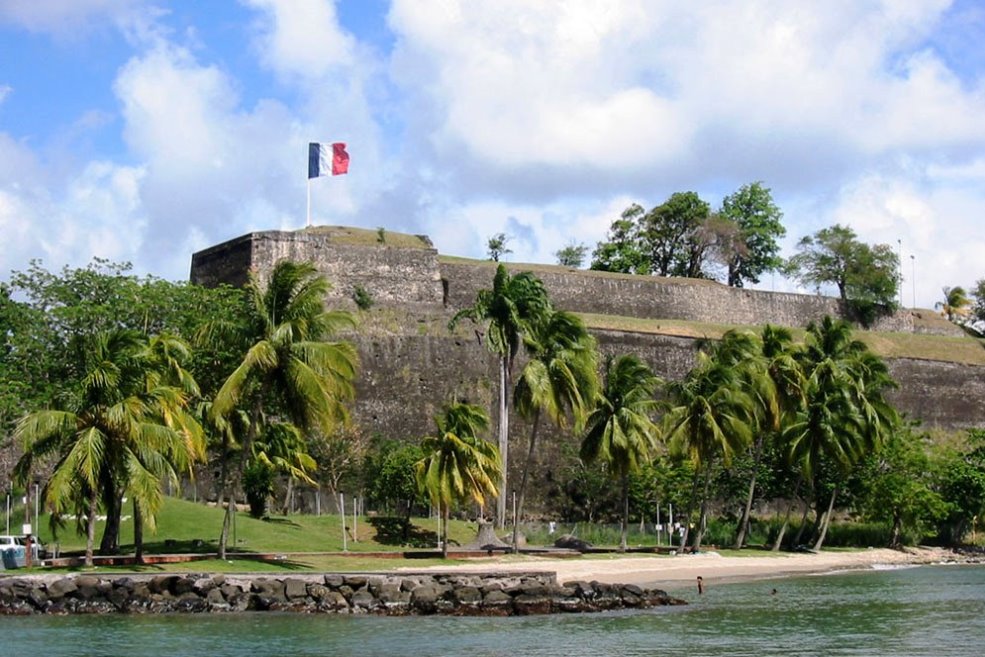
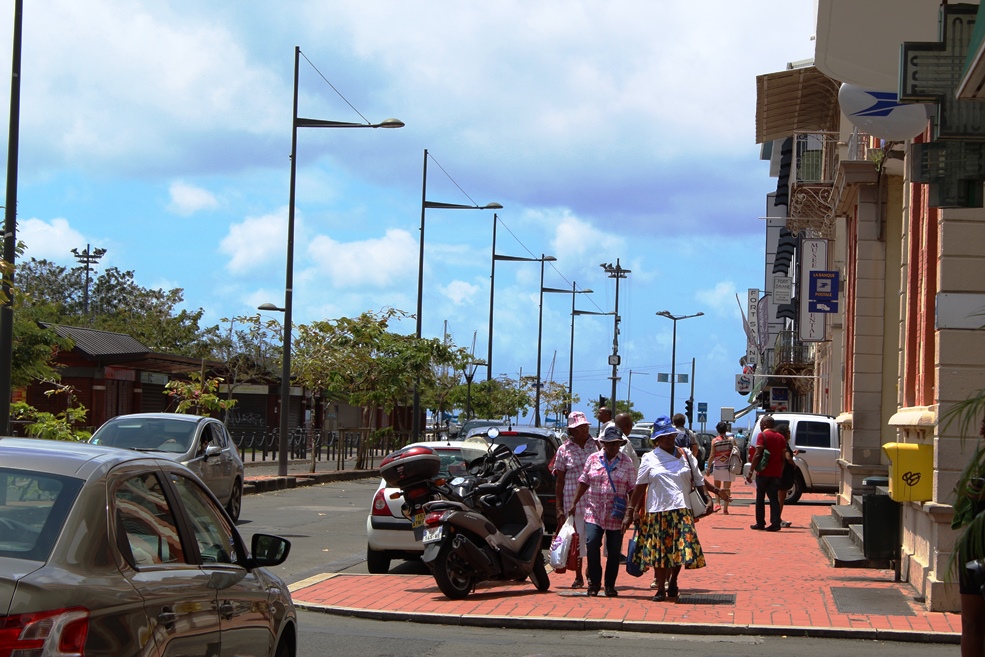
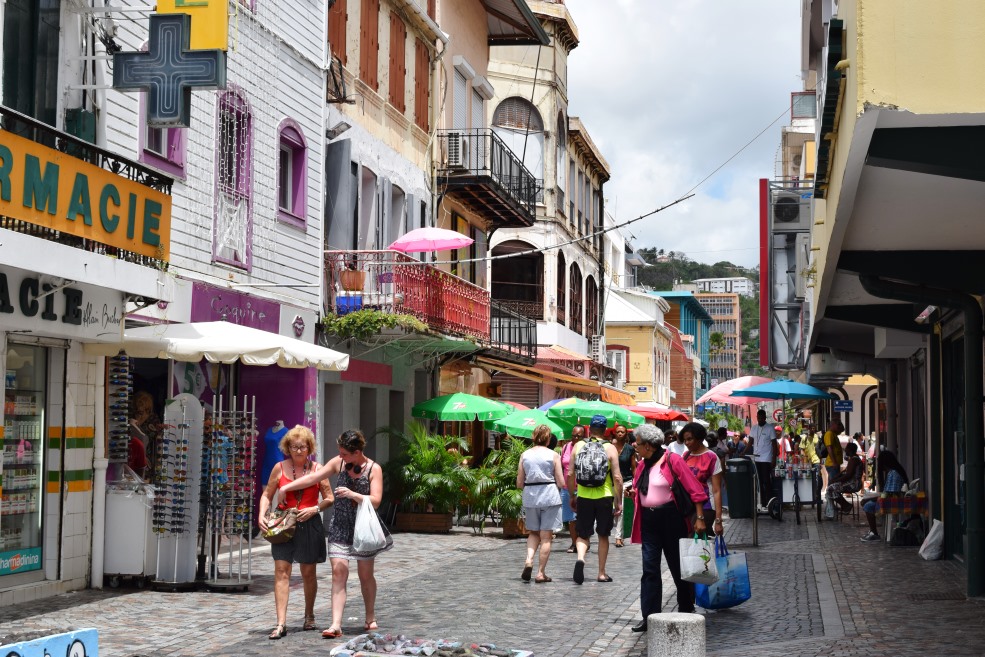
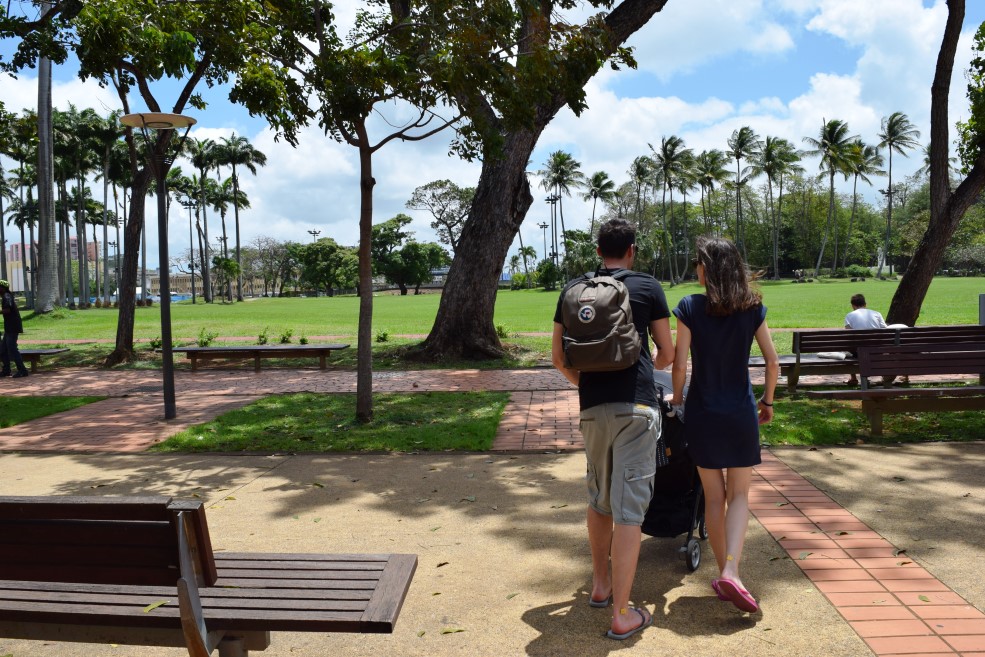

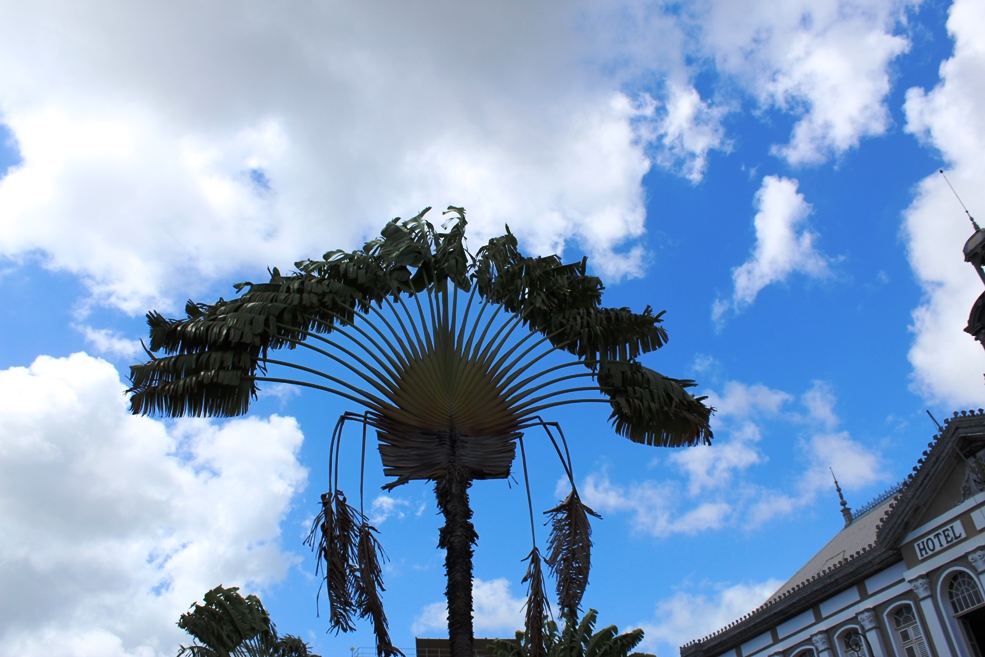

We start our visit from the usual post office ... now it has become a tradition to send us a postcard from every place, it is a suggestion I feel to address because, often, linked to the search for the local post office, numerous adventures intertwine punctually travel! Here, I naively hoped to find some stamps, perhaps for collectors, from Martinique but soon the employee, almost annoyed, replies, acidly, that they only have French stamps because here we are in France! It seems to me to be in the Caribbean but this thing will return several times during the day almost as if it were a source of pride for them!
I feel bad when all day I can't even see a flag of Martinique, only French tricolors! At least in New Caledonia the local flags waved ... and they also had their own stamps!
Bibliothèque Schoelcher is the most visible landmark in Fort de France because it is located in a somewhat chic polychrome palace, topped with a Byzantine-style dome. The interior houses a still-functioning library.
We wander aimlessly through the busy streets full of little shops with Chinese clothes or souvenirs. We pass next to the Palais de Justice, to the colorful spice market: Marchè aux legumes, to the Ethnographic Museum which collects finds of various football matches in which the team from Martinique took part… and not French this time!


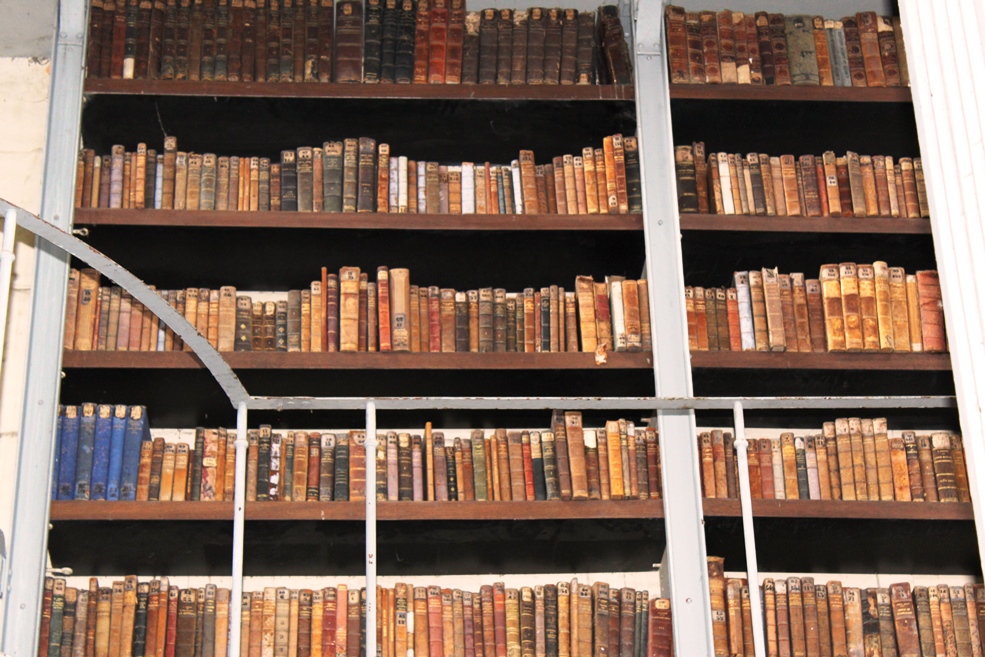
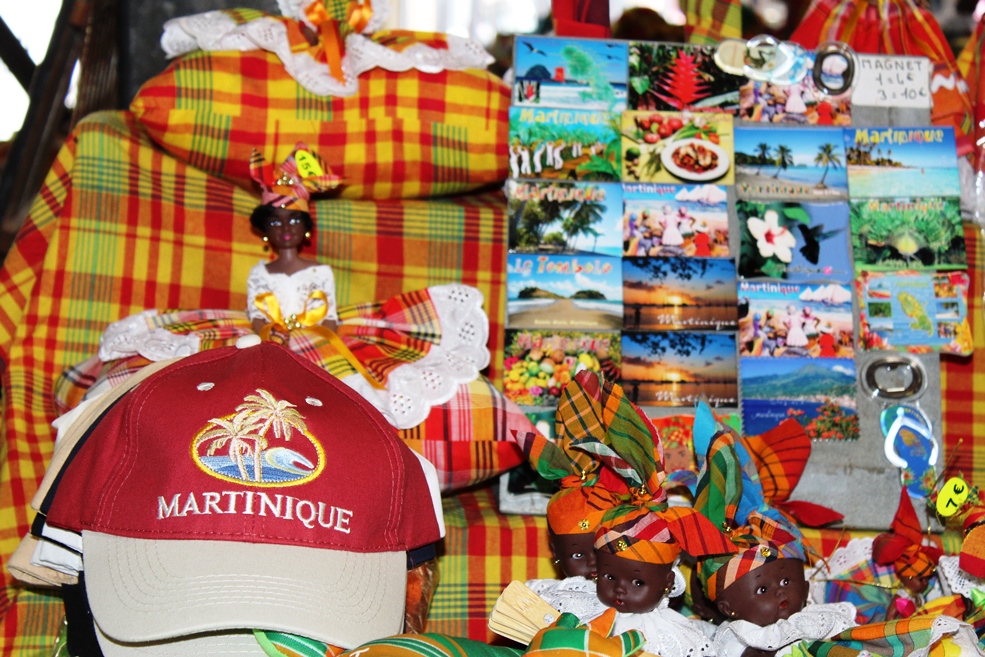
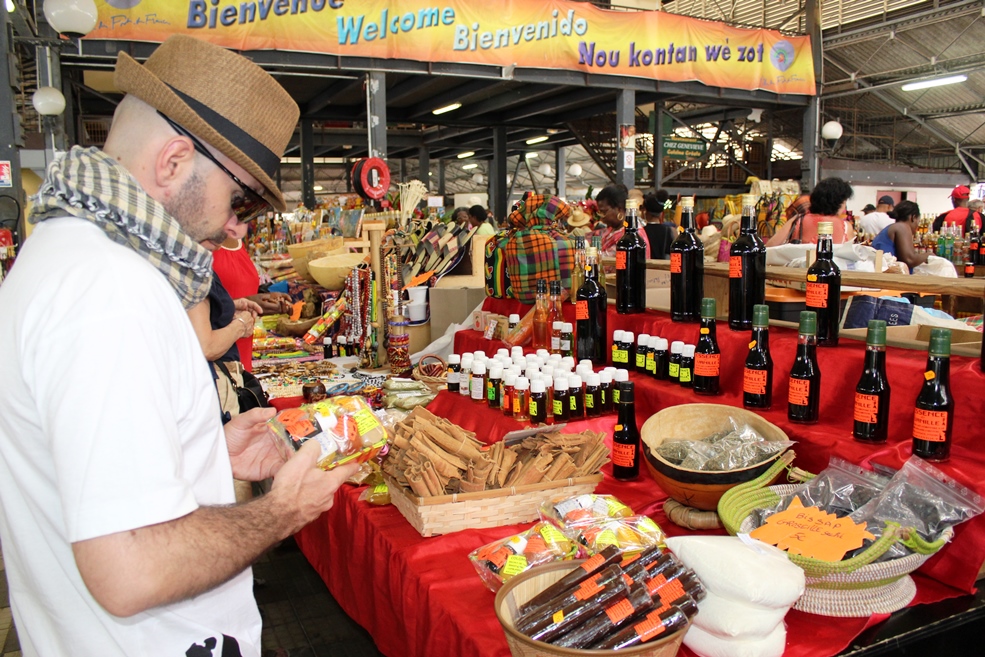

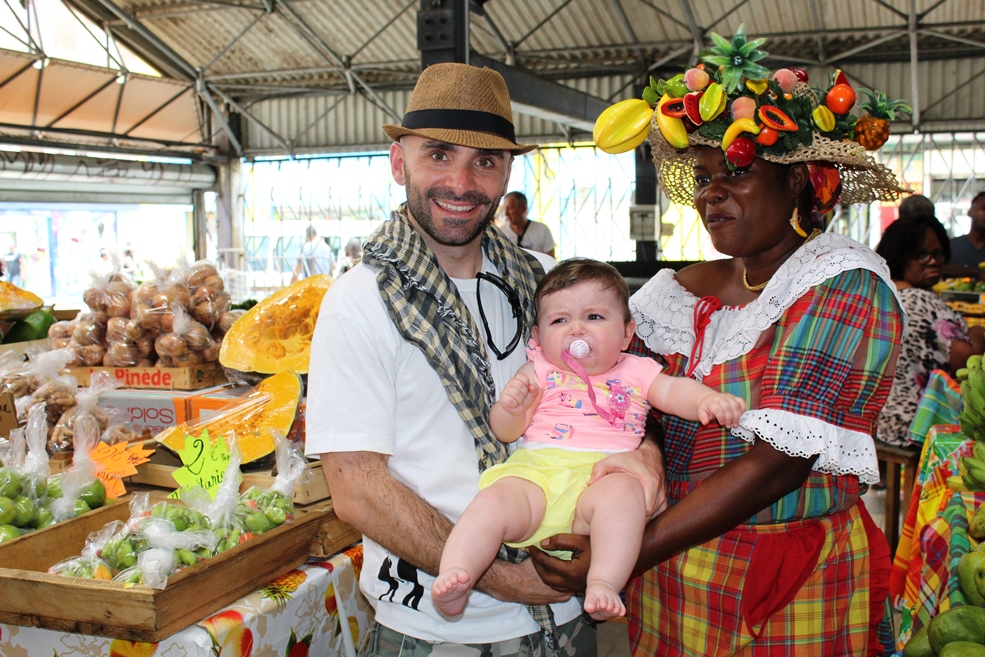
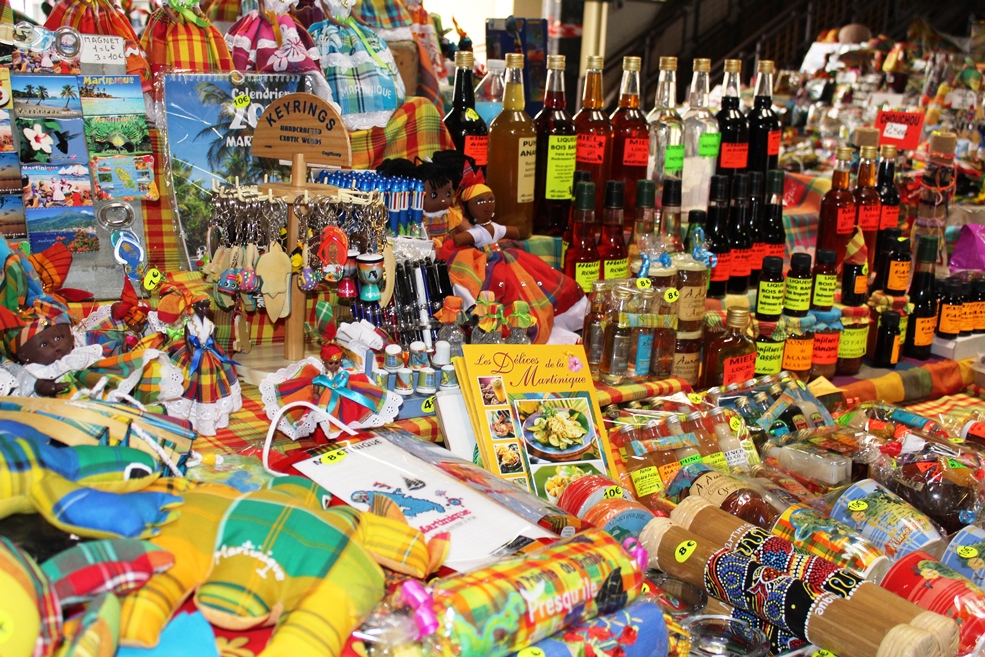
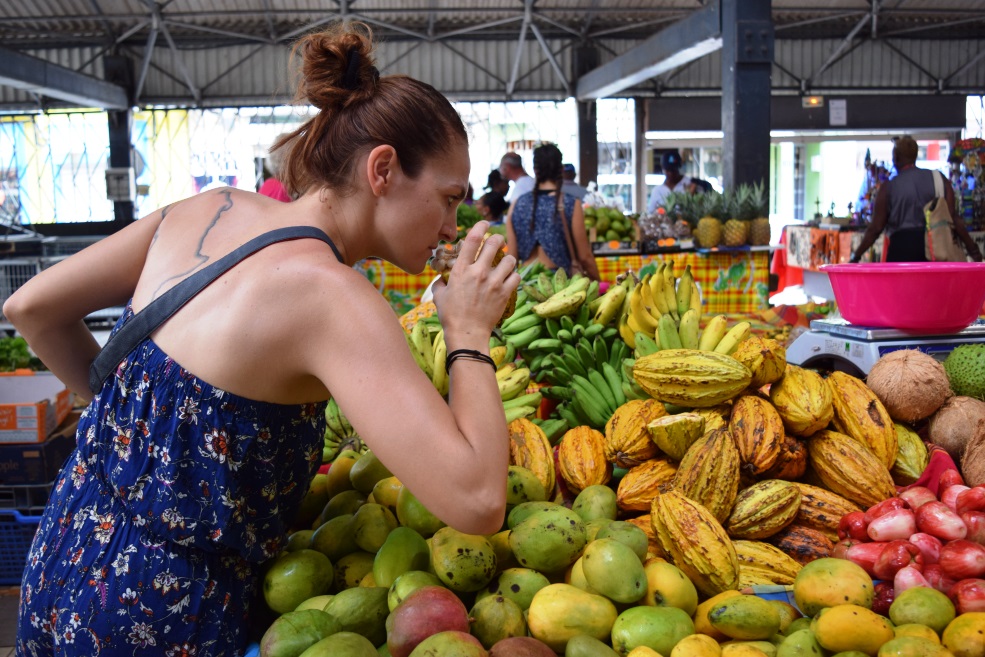
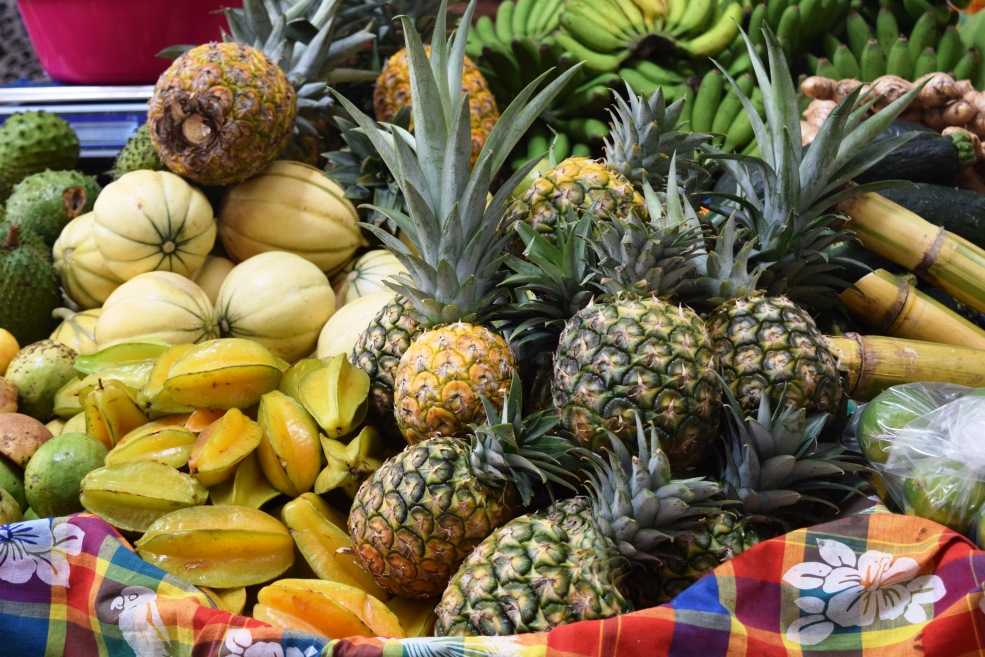



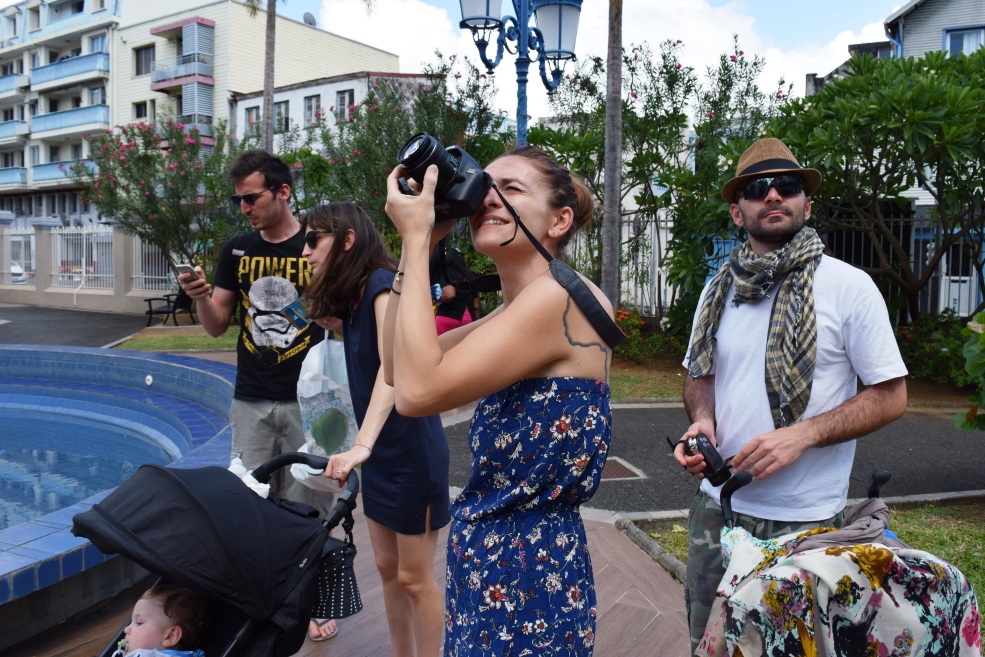
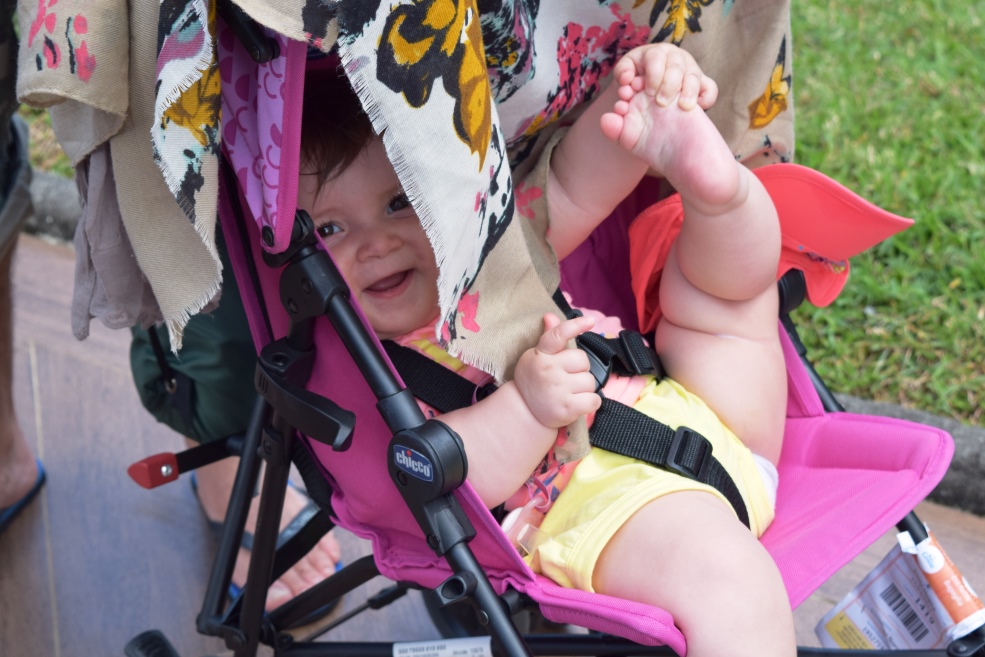

If you want to relax a little on the beach, don't worry! From the town pier you can take a boat that takes us to Anse-à- l'Ane in half an hour (€ 7 for a return ticket).
The beach is very pretty, with palm trees and white sand. The sea, on the other hand, does not prove to be up to the Caribbean standard, snorkeling is not the best however it is a valid option for an easy and relaxing excursion from Fort-de-France.
With such a rich flora and fauna, it is not surprising that one of the best botanical gardens in the world is located in Martinique, just 10 km from Fort-de-France, along the route de la Trace, the most scenic and oldest road in the island; it is interesting to follow it because it offers the possibility of an immersion in the heart of the island, away from the tourist, chaotic and commercial areas of Martinique.
This botanical garden is characterized by thousands of tropical plants and ponds dotted with water lilies and lotus flowers, Jardin de Balata is immersed in the rainforest with breathtaking landscapes, crossed by paths that wind through trees and tropical flowers, more than 3,000 botanical species on display around an old colonial house.
We also recommend reaching Saint-Pierre, the ancient capital of Martinique, founded by French colonists, also called the Paris of the Caribbean.
Everything changed when the majestic Pelee Mountain, the volcano that dominates it, erupted in 1902, destroying Saint-Pierre and killing thirty thousand people.
Never returned to its former glory, the city is now a tourist center with shops and two streets that intersect in what is its small center. It is located in the heart of a sugar producing area with a geological laboratory and a volcanological museum.
Continuing south, you reach Diamond Rock; it takes its name from its shape similar to a gem and from the fact that with some lights, the rock seems to shine. However, even if it is a geologically interesting place, it is best known for its unusual history.
This small uninhabited island has a long naval history as a fortress in the Napoleonic wars, when a small group of British ships took place in the waters around Martinique, tormenting French ships.
In 1803, the squadron commodore ordered the cannons to be placed on Diamond Rock. The Rock is strategically located in the strait between St. Lucia and Martinique and, due to the height of the rock, the cannons placed there could not only command the straits, but also shoot on ships that entered and left Fort de France.
For 17 months, the French made various attempts to conquer the island, but the British were able to chase them away. Eventually, Napoleon sent a fleet to fight with the small army of the Rock. The British only surrendered when they were starved and running out of ammunition.
Located in the north-western part of Martinique, Le Carbet has peaceful beaches and a quiet village nestled on the white beach.
This is said to be the site of the alleged landing of Christopher Columbus in June 1502 as well as rumors that Gauguin lived and painted here almost four centuries later.
Do not miss the botanical garden, the rum distillery and the famous ship wreck.
The delightful Sainte-Anne, located in the far south of the island, is famous for its paradisiacal beaches that make leisure enthusiasts happy. But it is also the area that brings together the largest number of beaches on the island!
The famous coastal excursion of the Trace des Caps allows you to admire most of them, such as the famous Saline beach which seems to have come out of a postcard. Not far away you can admire fascinating protected sites such as: the Savannah of the Petrifications, one of the oldest areas of Martinique, or the Saline pond, a refuge for many migratory birds.
If Sainte-Anne attracts tourists for the beauty of the beaches, it also seduces for the picturesque charm of its fishing village with colorful houses. During the walk, you will discover a pleasant promenade full of shops, bars and restaurants, a typical market full of colors and flavors, which takes place every morning, but also a beautiful church next to a square in the shade of the trees. Behind the church, you can climb up to the calvary of Notre-Dame de la Salette, an important pilgrimage site with a beautiful panorama of the bay!
It is time to sail, we are ready to reach the magnificent island of Guadeloupe!
Error: No feed found.
Please go to the Instagram Feed settings page to create a feed.
4 Responses
pero que linda familia, libres de disfrutar y recorrer buenas rutas junto a su pequeña
nà pues desde Chile buenos deseos , felicidades ☘️
Muchissima gracias, we have ben to Chile and planning to come back there again, above all in the souther part…the patagonian one…awesome
Una pregunta, cómo le han hecho para sostenerse económicamente durante este tiempo de sus viajes?? Nos lo podrían compartir??
We simply work hard trying to save as much as we can in order to spend them all during our humble journeys! 🙂